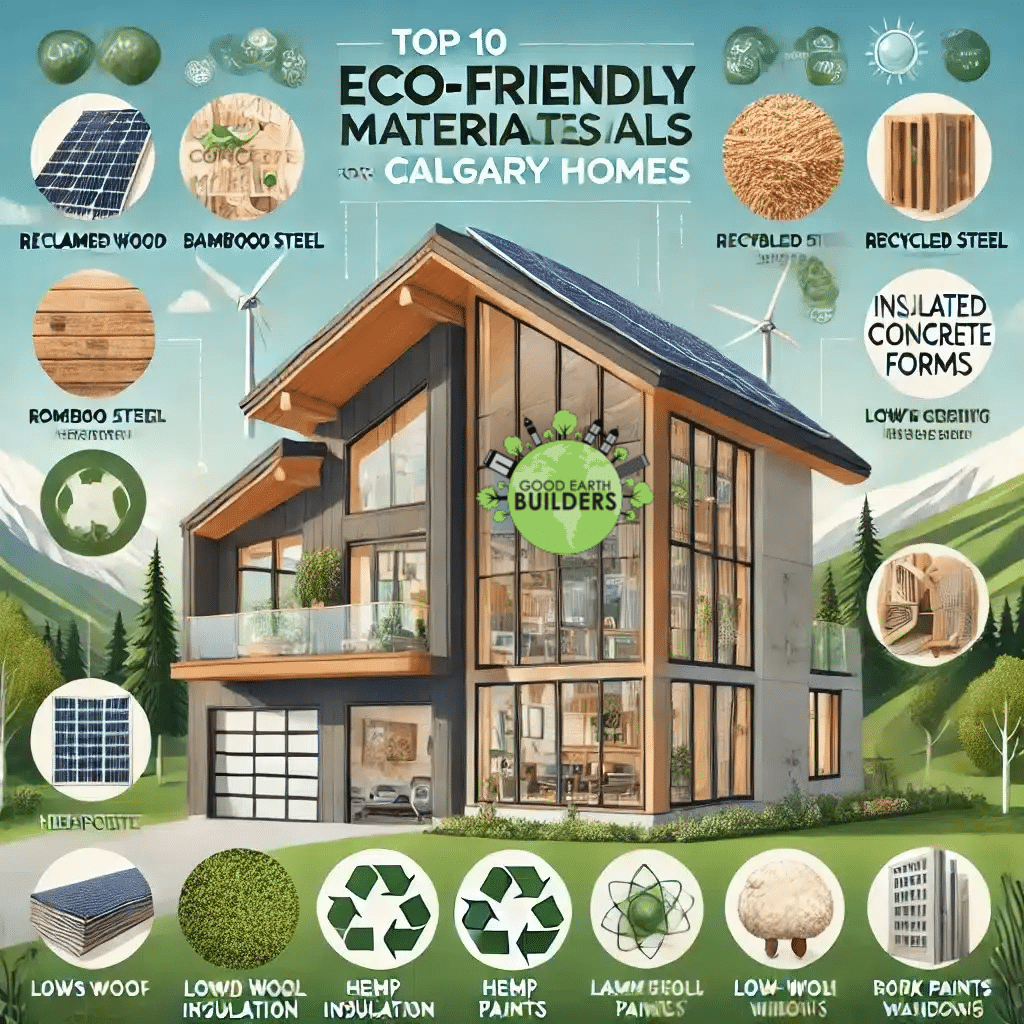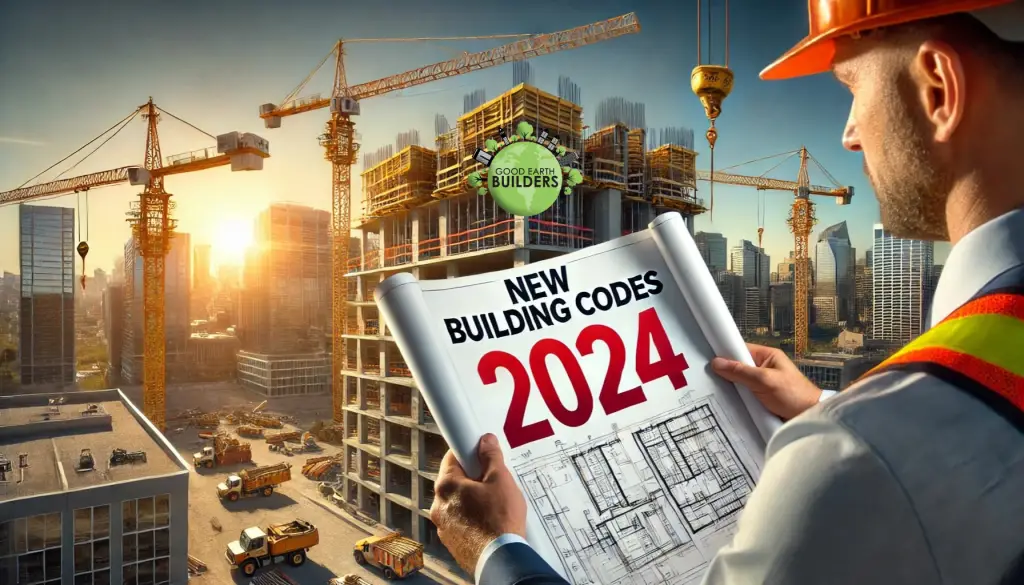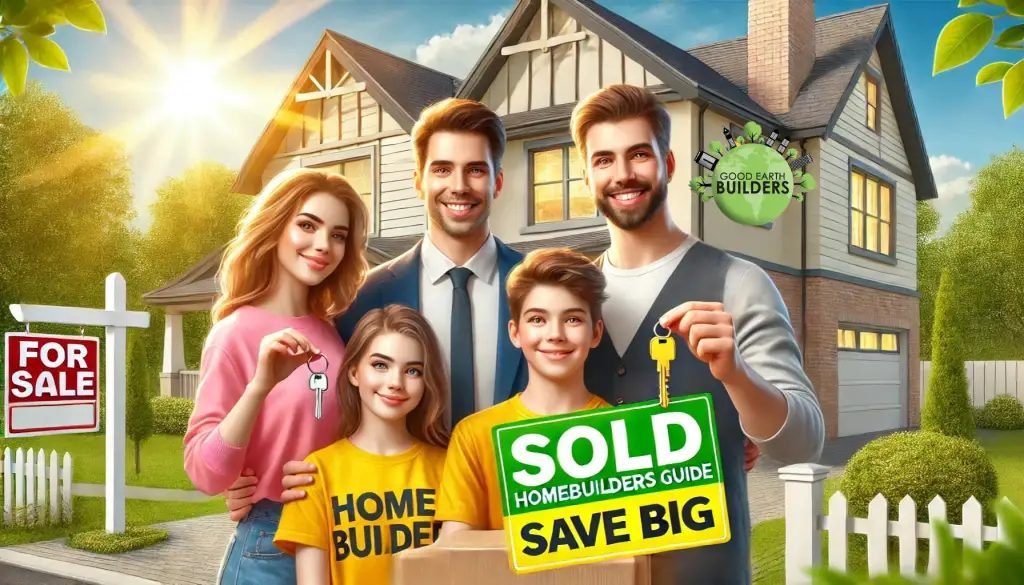Friday, July 4, 2025
Introduction
Calgary’s climate is as demanding as it is dynamic. With bone-chilling winters that plunge below -30°C, hot summers that test home cooling systems, and sudden hailstorms that challenge structural resilience, homeowners need building solutions that are both robust and sustainable.
The shift toward eco-friendly construction isn’t just a trend—it’s a necessity. Sustainable materials reduce energy bills, minimize environmental impact, and improve indoor air quality, making them ideal for Calgary’s unique conditions. In this guide, we’ll explore the top 10 eco-friendly building materials for 2024, tailored to thrive in Alberta’s climate while aligning with modern green building standards.
Why Eco-Friendly Materials Matter in Calgary
- Energy Efficiency: Combat rising utility costs with materials that retain heat in winter and cool air in summer.
- Climate Resilience: Calgary’s extreme weather demands durable, weather-resistant solutions.
- Sustainability: Reduce your carbon footprint with recycled, renewable, and non-toxic resources.
- Long-Term Savings: Invest in materials that lower maintenance costs and boost property value.
1. Insulated Concrete Forms (ICFs)
What They Are: Interlocking hollow blocks made of rigid insulation (typically EPS foam) filled with concrete.
Key Benefits:
- R-Value Up to 24: Far surpasses traditional wood framing (R-13), slashing heating costs by up to 50%.
- Durability: Resists fire, mold, and extreme weather, including Calgary’s hailstorms.
- Noise Reduction: Ideal for homes near busy areas like Deerfoot Trail or 17th Avenue.
Why It Works in Calgary:
ICFs create airtight walls that prevent drafts, making them perfect for Alberta’s cold winters. They also withstand freeze-thaw cycles, a common challenge in Calgary’s climate.
Installation Tips:
- Pair with triple-pane windows for maximum energy efficiency.
- Use in basements to prevent moisture seepage.
2. Structural Insulated Panels (SIPs)
What They Are: Prefabricated panels with an insulated foam core sandwiched between oriented strand board (OSB).
Key Benefits:
- R-Value Up to 50: Exceptional insulation for roofs and walls.
- Quick Installation: Reduces construction time by 30%, minimizing weather-related delays.
- Low Waste: Precision manufacturing cuts on-site waste.
Why It Works in Calgary:
SIPs’ airtight design eliminates thermal bridging, a major source of heat loss in traditional builds. They’re also strong enough to handle heavy snow loads on roofs.
Cost Considerations:
- Slightly higher upfront cost but saves 15–20% on long-term energy bills.
3. Recycled Steel Framing
What It Is: Steel made from 90%+ recycled scrap, used for structural framing.
Key Benefits:
- Strength: Supports heavy snow loads and resists Calgary’s hailstorms.
- Fire- and Pest-Proof: No risk of termite damage or combustion.
- 100% Recyclable: Zero waste at the end of its lifespan.
Why It Works in Calgary:
Steel’s durability makes it ideal for garages, workshops, and multi-story homes. Its resistance to warping ensures stability in fluctuating temperatures.
Sustainability Stats:
- Producing recycled steel uses 75% less energy than new steel.
4. Hempcrete
What It Is: A biocomposite material made from hemp fibers, lime, and water.
Key Benefits:
- Carbon-Negative: Absorbs 307 kg of CO2 per cubic meter during curing.
- Breathable: Prevents mold by regulating humidity—ideal for Calgary’s damp springs.
- Non-Toxic: Free from VOCs and allergens.
Why It Works in Calgary:
Hempcrete’s thermal mass stabilizes indoor temperatures, reducing reliance on HVAC systems. It’s best used for non-load-bearing walls or insulation.
Local Availability:
- Hempcrete suppliers are growing in Alberta, with options like JustBioFiber in Airdrie.
5. Reclaimed Wood
What It Is: Salvaged timber from old barns, factories, or deconstructed buildings.
Key Benefits:
- Character: Adds rustic charm to modern Calgary homes.
- Durability: Old-growth wood is denser and more rot-resistant than new lumber.
- Forest Conservation: Reduces demand for virgin timber.
Why It Works in Calgary:
Reclaimed wood is perfect for accent walls, beams, or flooring in neighborhoods like Inglewood or Kensington, where heritage aesthetics are prized.
Sourcing Tips:
- Check local salvage yards like The Antique Mall of Calgary for unique finds.
6. Cork Flooring
What It Is: Flooring made from the renewable bark of cork oak trees.
Key Benefits:
- Thermal Insulation: Keeps floors warm during Calgary winters.
- Sound Absorption: Reduces noise in condos or multi-level homes.
- Comfort: Soft underfoot, making it ideal for kitchens and playrooms.
Why It Works in Calgary:
Cork’s natural elasticity withstands temperature-induced expansion and contraction, common in Alberta’s climate.
Maintenance:
- Seal with water-based polyurethane to prevent moisture damage.
7. Solar Roof Tiles
What They Are: Photovoltaic cells integrated into roof tiles.
Key Benefits:
- Energy Generation: Offsets Calgary’s average 2,396 hours of annual sunshine.
- Aesthetic Appeal: Sleeker than traditional solar panels.
- Durability: Rated to withstand 130 km/h winds and golf ball-sized hail.
Why It Works in Calgary:
Solar tiles reduce reliance on the grid, especially during peak summer AC use. Pair with battery storage for winter energy reserves.
Incentives:
- Qualifies for the Canada Greener Homes Grant (up to $5,000).
8. Bamboo Flooring
What It Is: Flooring planks made from fast-growing bamboo grass.
Key Benefits:
- Renewability: Harvested in 3–5 years (vs. 20–50 years for hardwood).
- Strength: 50% harder than oak, ideal for high-traffic areas.
- Low VOC: Safe for families and pets.
Why It Works in Calgary:
Bamboo’s dimensional stability prevents warping in dry winter air.
Styles:
- Choose strand-woven bamboo for a modern look in downtown Calgary condos.
9. Cellulose Insulation
What It Is: Insulation made from 85% recycled newspaper treated with borate.
Key Benefits:
- High R-Value: Up to R-3.8 per inch, perfect for attic insulation.
- Fire Resistance: Borate acts as a natural flame retardant.
- Eco-Friendly: Diverts waste from landfills.
Why It Works in Calgary:
Cellulose fills gaps in older homes, reducing drafts in communities like Mount Royal or Rosedale.
Installation:
- Best applied via blown-in method for existing walls.
10. Low-Emissivity (Low-E) Windows
What They Are: Windows with a microscopically thin metallic coating.
Key Benefits:
- UV Protection: Reduces fading of furniture from Calgary’s intense sunlight.
- Insulation: Triple-pane Low-E windows achieve R-7, critical for winters.
- Condensation Control: Prevents mold growth in humid summers.
Why It Works in Calgary:
Low-E windows balance passive solar heating in winter with heat reflection in summer.
Placement Tips:
- Install south-facing windows to maximize winter sun exposure.
Calgary’s Eco-Building Incentives
- Canada Greener Homes Grant: Up to $5,000 for energy-efficient retrofits.
- City of Calgary Solar Rebates: $0.50 per watt for solar installations.
- Alberta Energy Efficiency Program: Rebates for insulation and window upgrades.
How to Choose the Right Material for Your Home
- Assess Your Climate Zone: Calgary’s Zone 4a requires materials rated for extreme cold.
- Prioritize Energy Savings: Focus on insulation and airtightness.
- Consult Local Experts: Ensure materials meet Alberta Building Code standards.
Conclusion
Calgary’s unique climate and environmental goals make eco-friendly building materials a smart investment for homeowners. From the unparalleled insulation of ICFs to the renewable charm of bamboo flooring, these solutions offer durability, energy savings, and a lighter environmental footprint.
By choosing sustainable materials, you’re not just building a home—you’re contributing to Calgary’s greener future. For tailored advice on eco-friendly construction, consult professionals who understand Alberta’s climate and regulations.
About Good Earth Builders: With over two decades of experience in Calgary, we specialize in sustainable, energy-efficient homes designed for Alberta’s climate. Contact us for a free consultation on your eco-friendly project.




